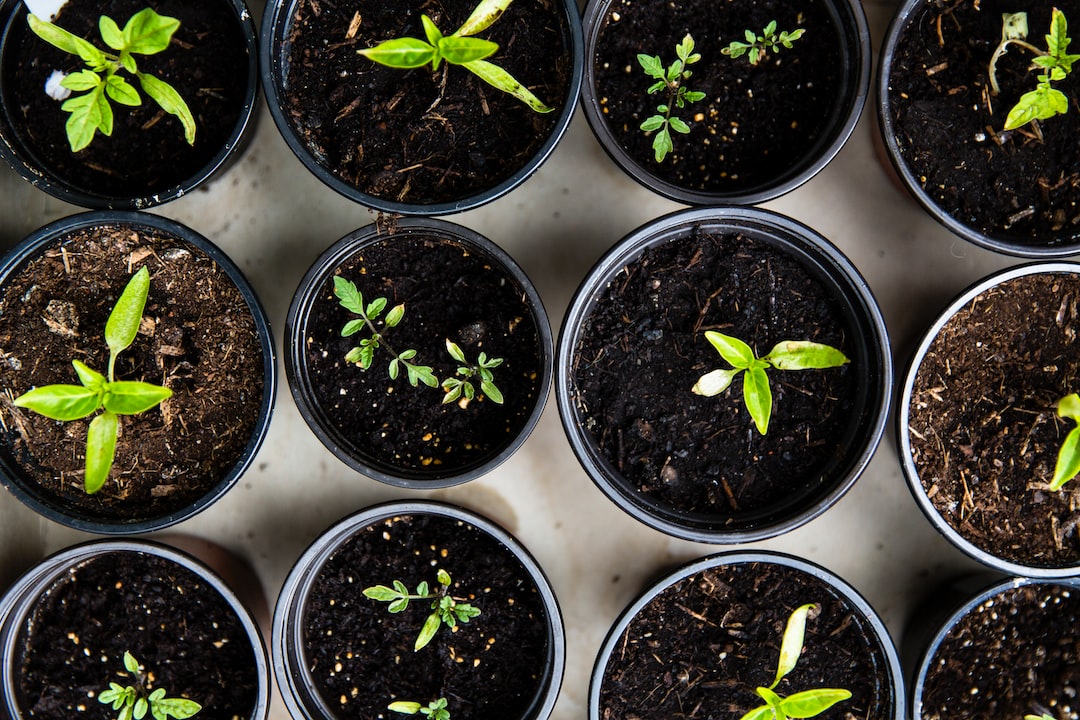Effective Strategies for Watering Your Plants
Watering is a crucial aspect of plant care, and doing it correctly can greatly contribute to the growth and health of your plants. However, it is not as simple as just pouring water onto your plants. There are various factors to consider, such as the type of plant, soil conditions, weather, and even the time of day. In this blog post, we will explore some effective strategies for watering your plants to help you maintain a thriving garden.
1. Understand Your Plants’ Watering Needs:
Different plants have different watering requirements. Some plants, like succulents, prefer drier soil and can tolerate drought conditions, while others, like ferns, thrive in constantly moist surroundings. It is essential to research and understand the specific watering needs of each plant in your garden. This will help you provide them with the right amount of water, avoiding over or under-watering.
2. Use Mulch:
Mulching is an effective technique to retain moisture in the soil while reducing water evaporation. Organic materials such as wood chips, straw, or leaves can be spread around the base of your plants. Mulch acts as a protective barrier, reducing moisture loss due to evaporation and preventing weed growth, which can compete for water. Additionally, it helps regulate soil temperature and prevents soil erosion.
3. Water at the Right Time:
Watering your plants at the appropriate time of day is vital for reducing water waste and promoting healthy growth. Early morning and late afternoon are the best times to water your plants. During these periods, the temperature is cooler, and there is less sunlight, which minimizes water loss through evaporation. Avoid watering during the hottest part of the day, as the water can quickly evaporate before reaching the roots. Watering in the evening can lead to prolonged leaf wetness and increase the risk of fungal diseases.
4. Water Deeply and Infrequently:
Giving your plants a thorough soak once a week rather than frequent shallow waterings encourages deep root growth. Deep root systems allow plants to access water stored in the deeper layers of the soil, making them more resilient during dry periods. Ensure the water reaches the root zone by using techniques like drip irrigation or soaker hoses. These methods deliver water directly to the plant’s base, minimizing water loss through runoff and evaporation.
5. Monitor Soil Moisture:
Regularly checking your soil’s moisture level is crucial to avoid over or under-watering. Stick your finger or a moisture meter about an inch deep into the soil. If it feels dry, it’s time to water; if it’s still moist, hold off on watering. Bear in mind that some plants prefer slightly drier soil between waterings, while others require consistently moist conditions. Monitoring the soil’s moisture will help you determine the ideal watering schedule for each plant.
6. Pay Attention to Environmental Factors:
Environmental conditions play a significant role in determining your plants’ watering needs. On hot and windy days, plants lose more water through transpiration and may require additional watering. Similarly, plants in containers or raised beds tend to dry out faster than those planted in the ground, so extra attention should be given to their moisture levels. Additionally, consider rainfall. If your region experiences consistent rainfall, you may need to adjust your watering schedule accordingly.
7. Reuse Water:
Conserving water is not only good for the environment but also for your wallet. Consider reusing water from various household activities, such as cooking or washing fruits and vegetables, to water your plants. Known as “greywater,” this water is generally safe for plants if it does not contain harsh chemicals. However, avoid using water with high salt or detergent content, as it can harm your plants in the long run. Greywater can help reduce your overall water consumption while still keeping your plants healthy.
By employing these effective watering strategies, you can optimize your plant care routine and ensure the vitality and longevity of your garden. Tailor your water management approach to the specific needs of your plants, consistently monitor the soil moisture levels, and make adjustments based on environmental factors. Remember, a little effort in mastering watering techniques can go a long way in cultivating a green and thriving garden.


